Hola! Spain is a popular vacation destination because it has a beautifully warm climate, thriving Spanish plants, and lovely cultural traditions.
Nurturing Spanish plants is a brilliantly fulfilling experience for those living in a Mediterranean environment. Choosing to look after these species means that you don’t have to book an expensive flight to Spain to enjoy its natural beauty!
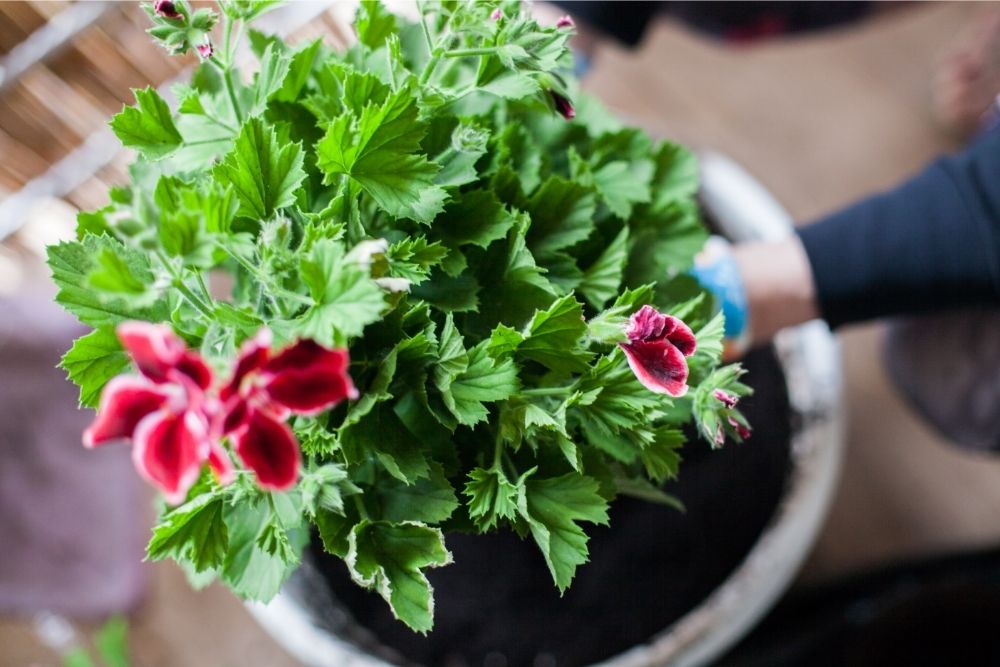
There’s a country full of plants waiting for you to discover, care for, and be inspired by!
Of course, we adore many vibrant plants native to Spain because it means you can bring colorful Mediterranean vibes to your own sanctuary. But, picking from all the glorious options can be mind-boggling.
You’re at risk for using the wrong species and messing up your whole planting scheme. So you must educate yourself on the different Spanish plants you’re considering to stop this from happening.
To help this process along, we’ve studied these delightful species, choosing the best ones for you to learn about.
The following article contains a goldmine of handpicked facts, concisely bundled into little sections. So, if you want to entertain yourself with these magnificent species and continue your research, read on!
1. Datura (Angels’ Trumpet)
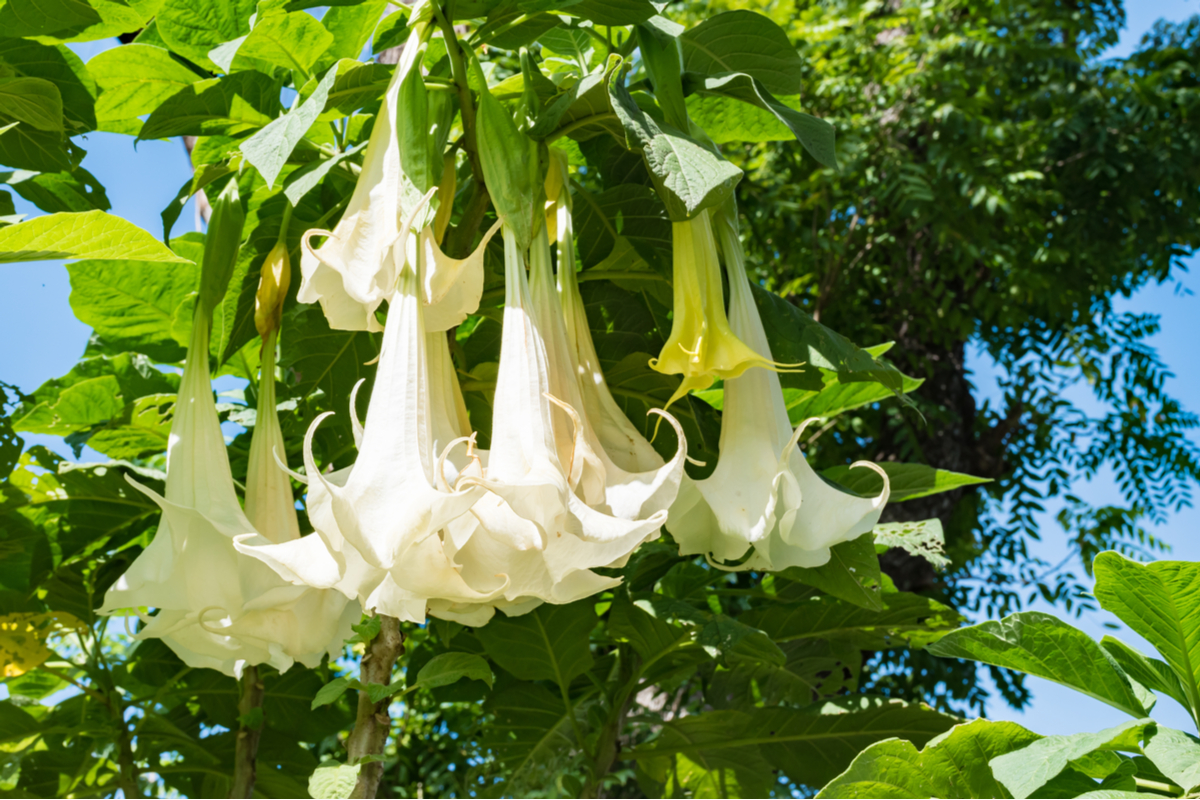
As the name suggests, the Datura (Angels’ Trumpet) has white blossoms that resemble the instrument, changing between pointed oval green foliage.
To ensure these flowers stay healthy, you need to frequently water them, plant them in a sheltered spot away from the wind and in a sunny place.
2. Pomegranate Flower
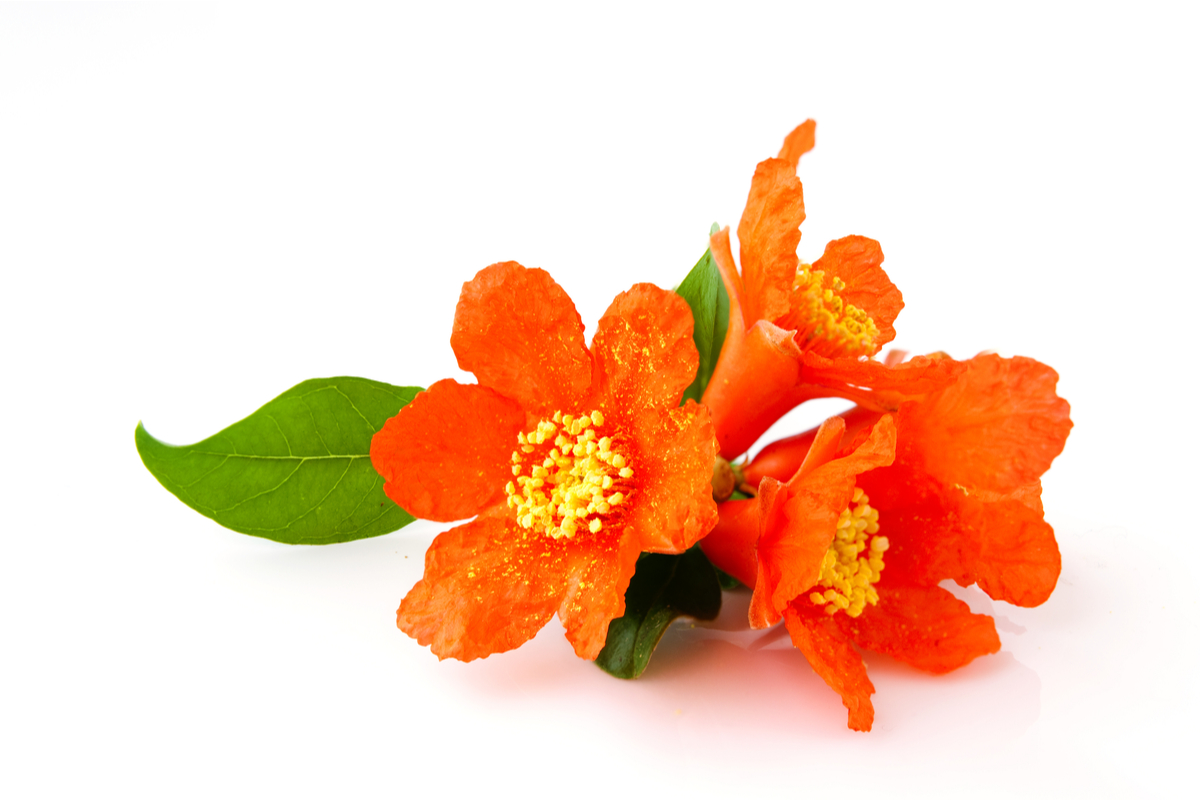
The Spanish blossom, the Pomegranate Flower, is featured in many artistic works, and it has gorgeous bright red petals. As if this plant wasn’t already showy enough, it has oval and shiny foliage, perfectly framing the decadent blooms.
3. Spanish Bluebells
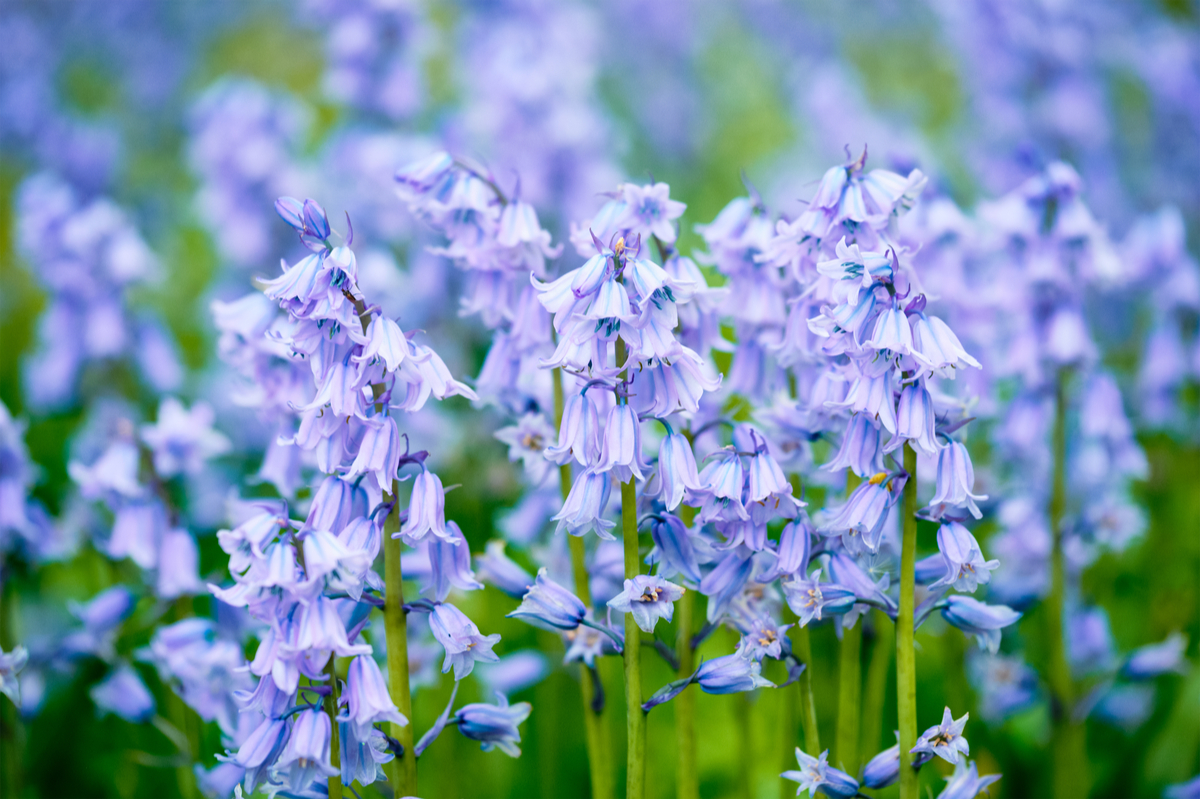
The Spanish Bluebells have gorgeous purple-blue flowers, which have a trumpeting shape and curled over petals.
This dainty plant pops up in Spring in many European countries; they’re typically found in the countryside scattered around hedgerows and brightening up plain green spots.
4. Red Carnation
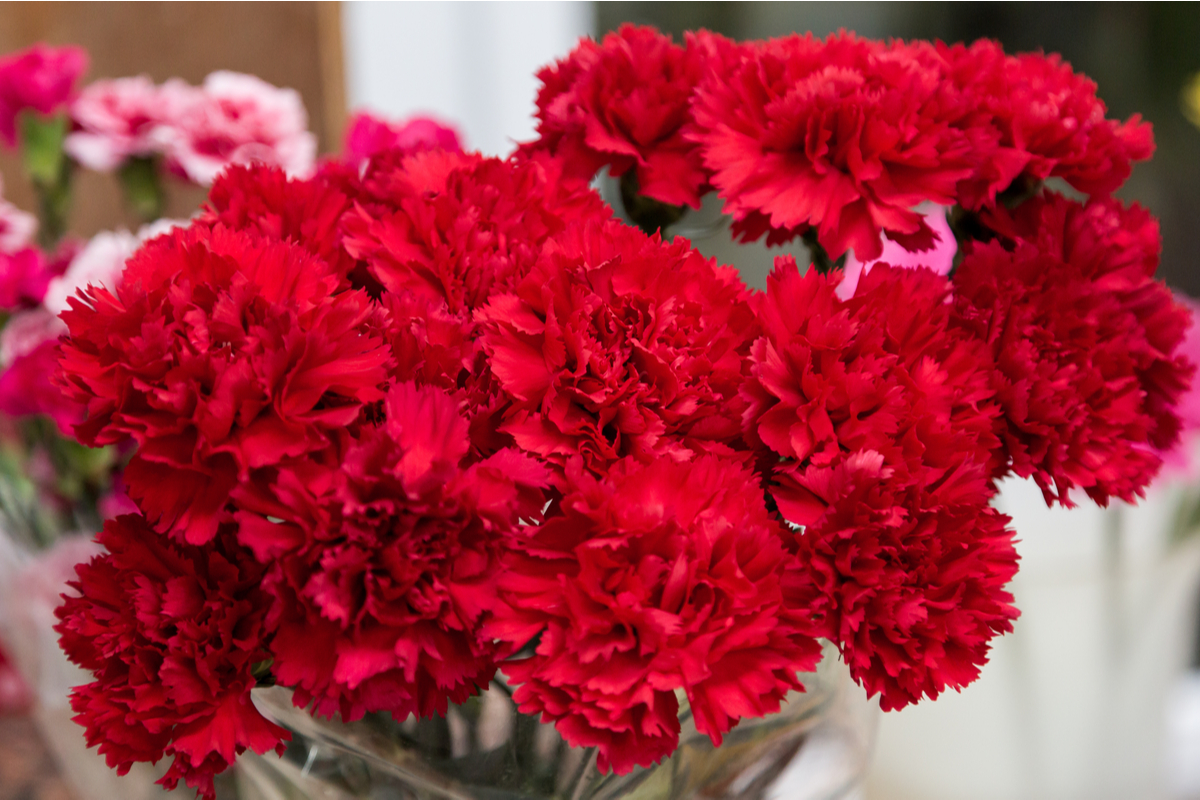
The Red Carnation is Spain’s national flower, typically seen in bouquets as a symbol of love and is often given between those in relationships.
The frilly bright red petals are beautiful and even have links to Christianity, which means that it is spiritually sacred and attractive.
5. Lantana Flowers
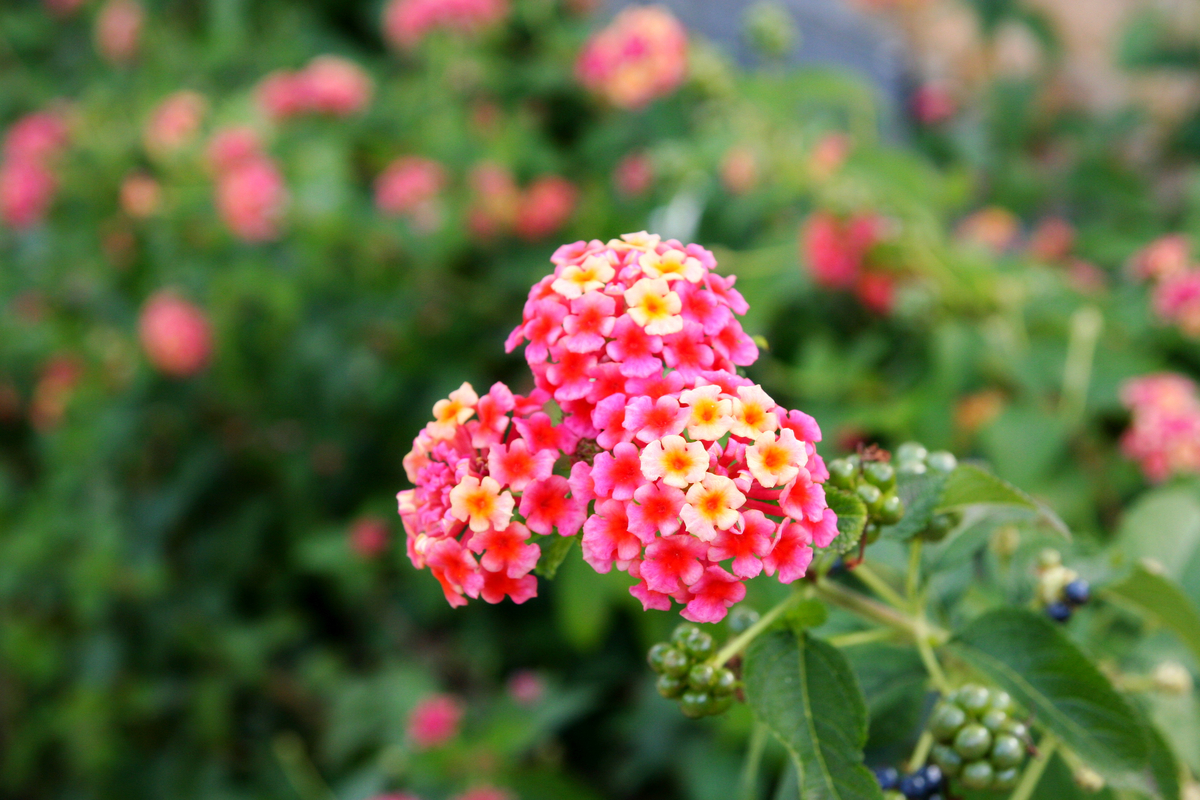
To nurture the Lantana Flowers, ensure it is in a super sunny spot because it needs a lot of UV Rays to photosynthesize.
An advantage to this species is that it comes in many different colors, including lavender, orange, white, red, yellow, and pink, making it versatile.
6. Valencia Red Rose
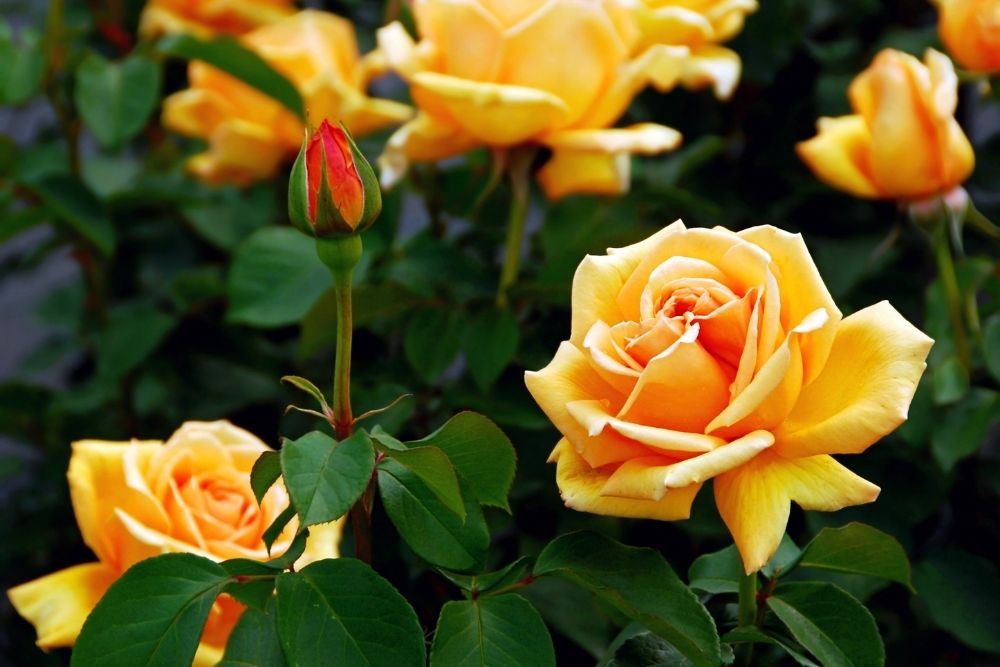
In Oliva Nova in Spain, locals love the Valencia Red Rose because it’s known for being given to lovers to symbolize loyalty to the relationship.
Every blossom has fantastically layered petals in deep red, which are super soft to touch and give off a characteristic fragrance.
7. Gazania Flowers
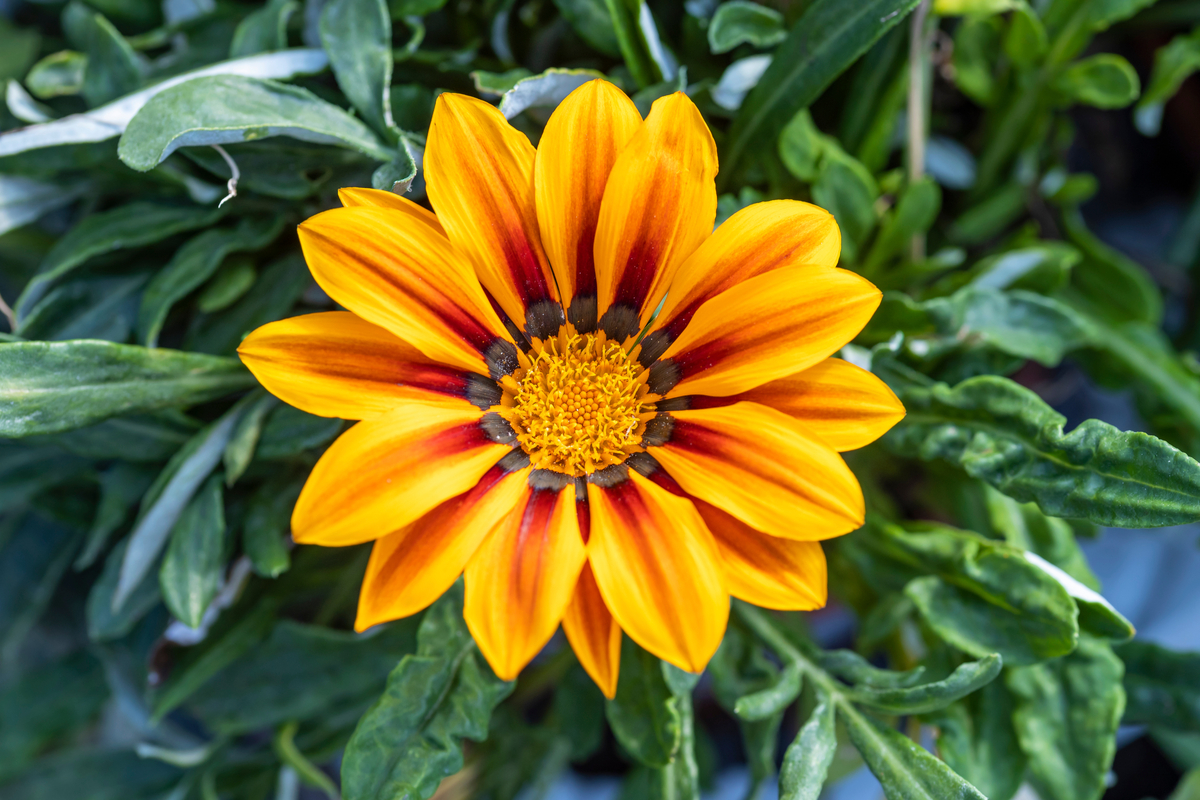
If you’re looking for a striking plant to add to your garden, we recommend strongly considering getting the Gazania Flowers, as they have bright yellow, orange, and brown blossoms.
This sunny plant’s flowers are such a mood-lightening addition to any landscaping scheme, and they stay in full bloom for a long time.
8. Water Lilies

While not strictly native to Spain, Water Lilies thrive in many ponds, lakes, and water features in the beautiful country, adding color pops.
This tropical species is famous for light green and flat leaves floating gently between delicate pink pointed flowers.
9. Bougainvillea
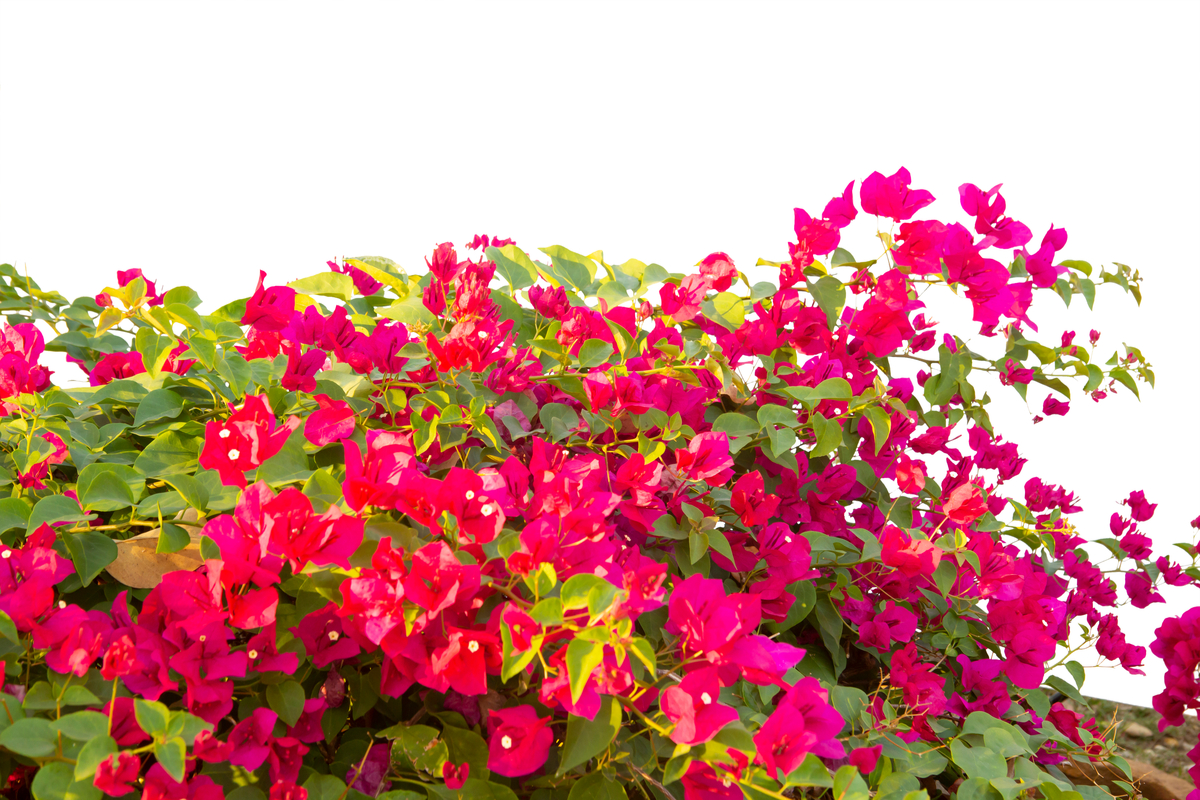
The Bougainvillea is a vining plant that adorns walkways, gardens, and public parks in Spain because they have fluffy hot pink flowers.
To nurture this species, we recommend placing it in a climate that’s warm and super sunny because it loves photosynthesizing a lot.
10. Geraniums
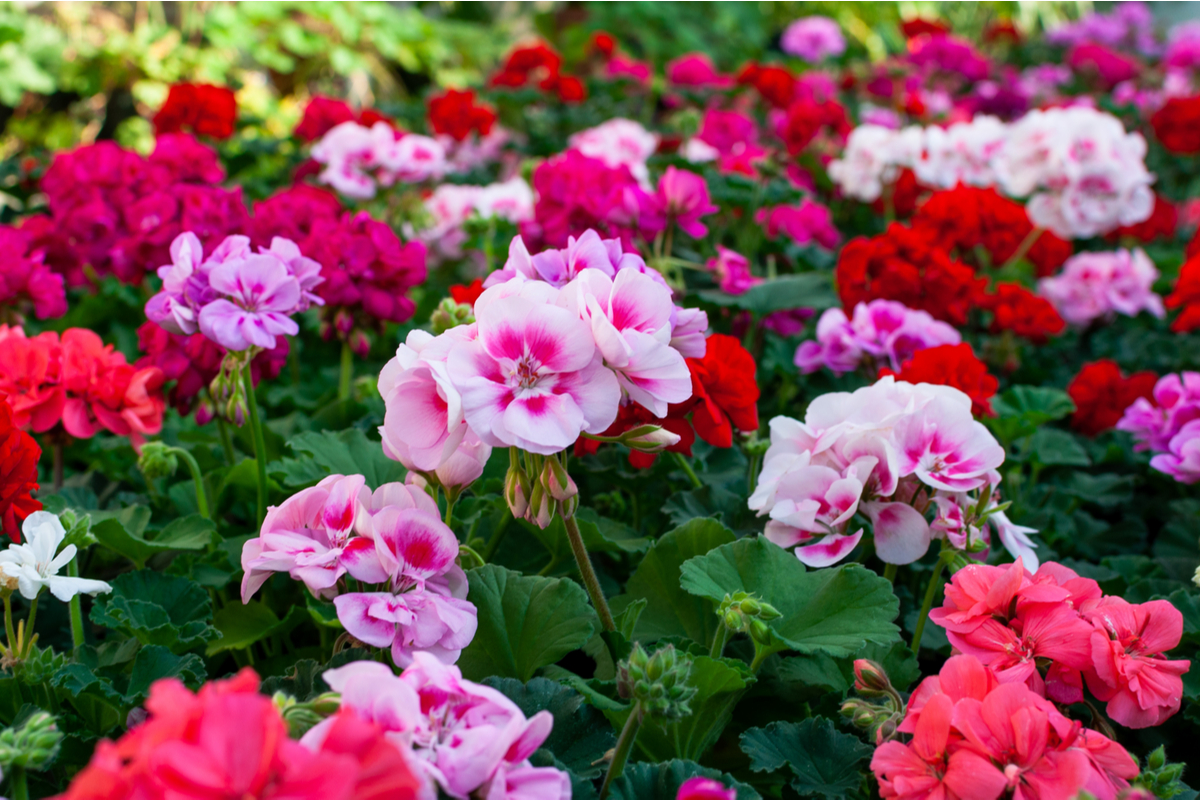
Geraniums can be found all over Spain, popular because they fit nicely into little outdoor containers, staying green all year round.
However, if you don’t have outside space and love the circular blossoms, you can keep this plant indoors, too, so long as the home is warm enough.
11. Spanish Poppy
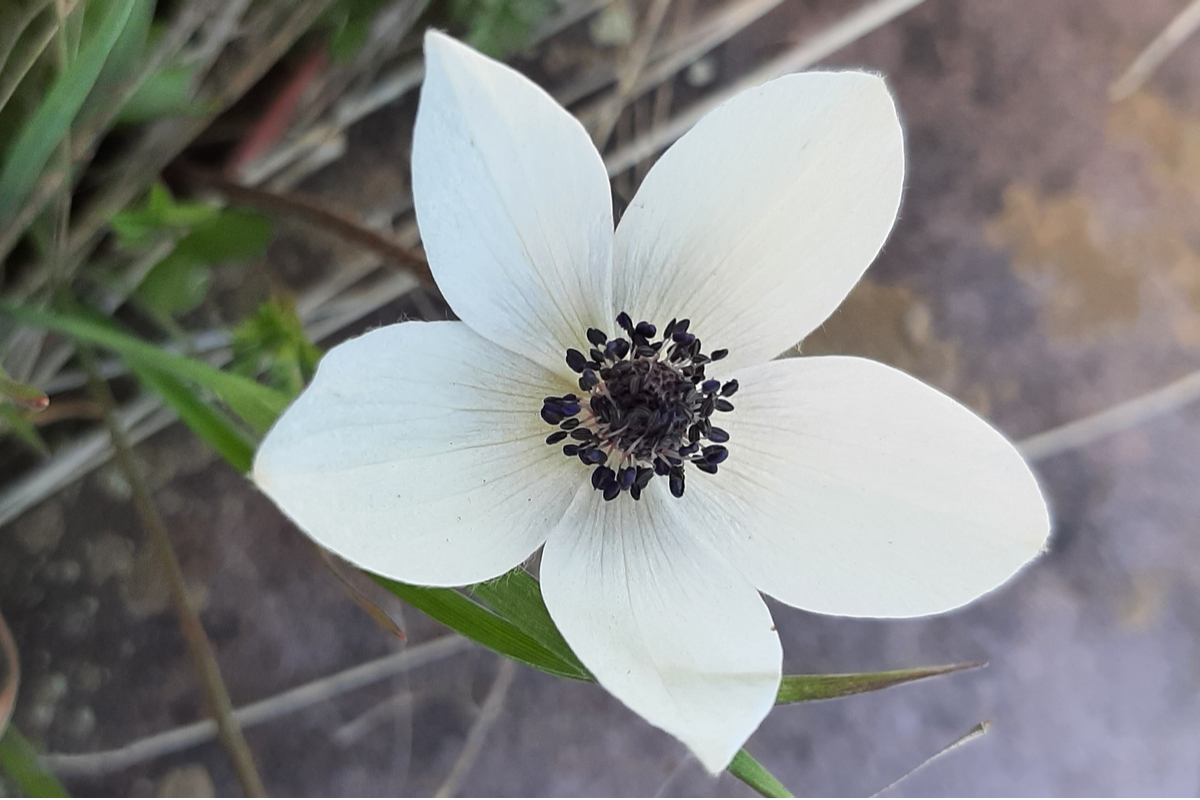
The Spanish Poppy is a stunning plant known for being super-resilient, popping up in natural meadows and producing vibrant red flowers.
The blossoms can thrive in rockeries too, which means that even if you don’t have good soil, you can still nurture these pretty plants.
12. Artemisia Abrotanum (SouthernWood)
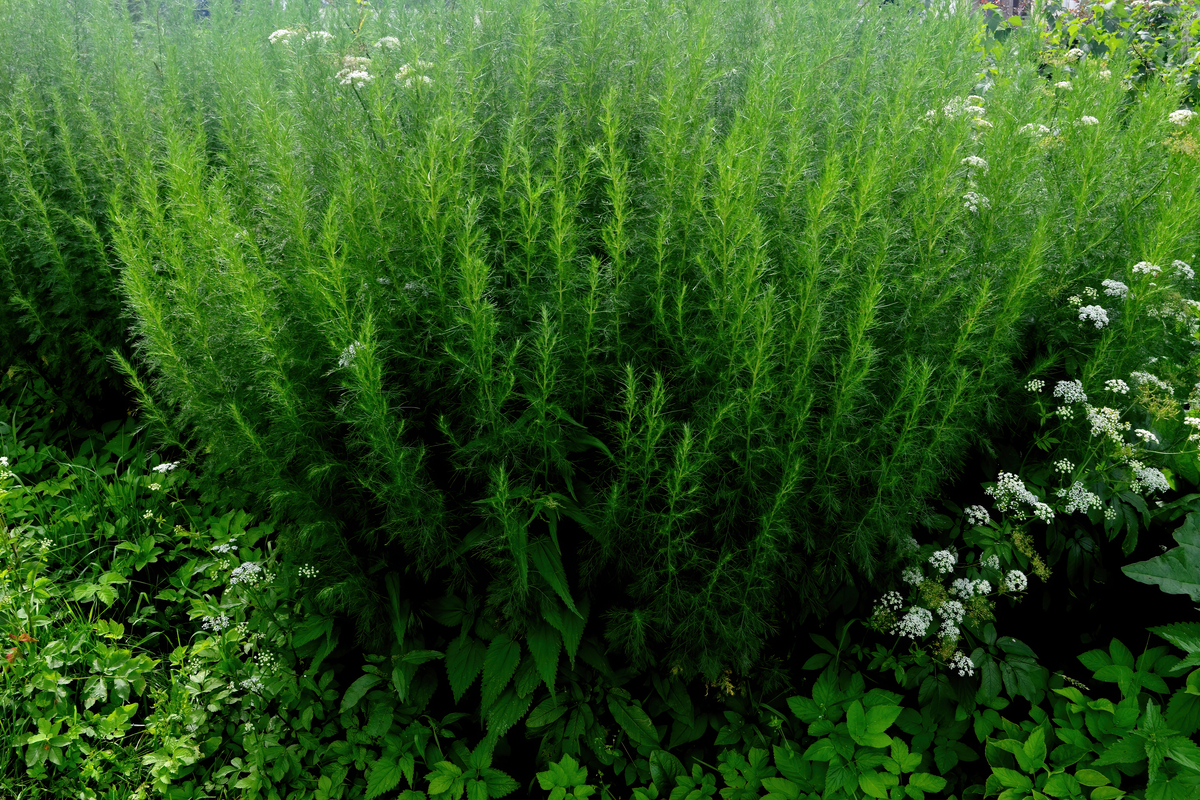
The Artemisia abrotanum (Southernwood) thrives in Mediterranean climates because it likes warm temperatures and doesn’t mind dry soil.
This plant is characterized by its lacy light green leaves, which are great for covering the ground with bushy plants.
13. Bupleurum Fruticosum (Shrubby Hare’s Ear)
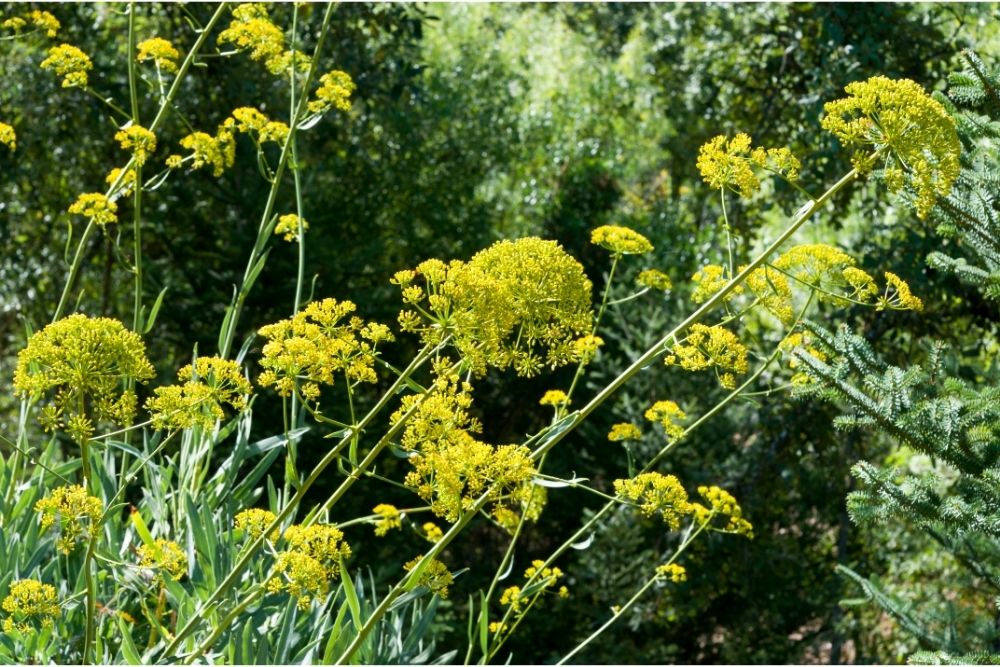
This plant creates clustering light yellow flowers on a bed of evergreen leaves, which is found in many Mediterranean countries because it likes a warm summer.
The Bupleurum fruticosum (Shrubby Hare’s Ear) is a shrub that can be used to soften up a flower bed border.
14. Cistus Creticus Ssp. Incanus (Pink Rock Rose)
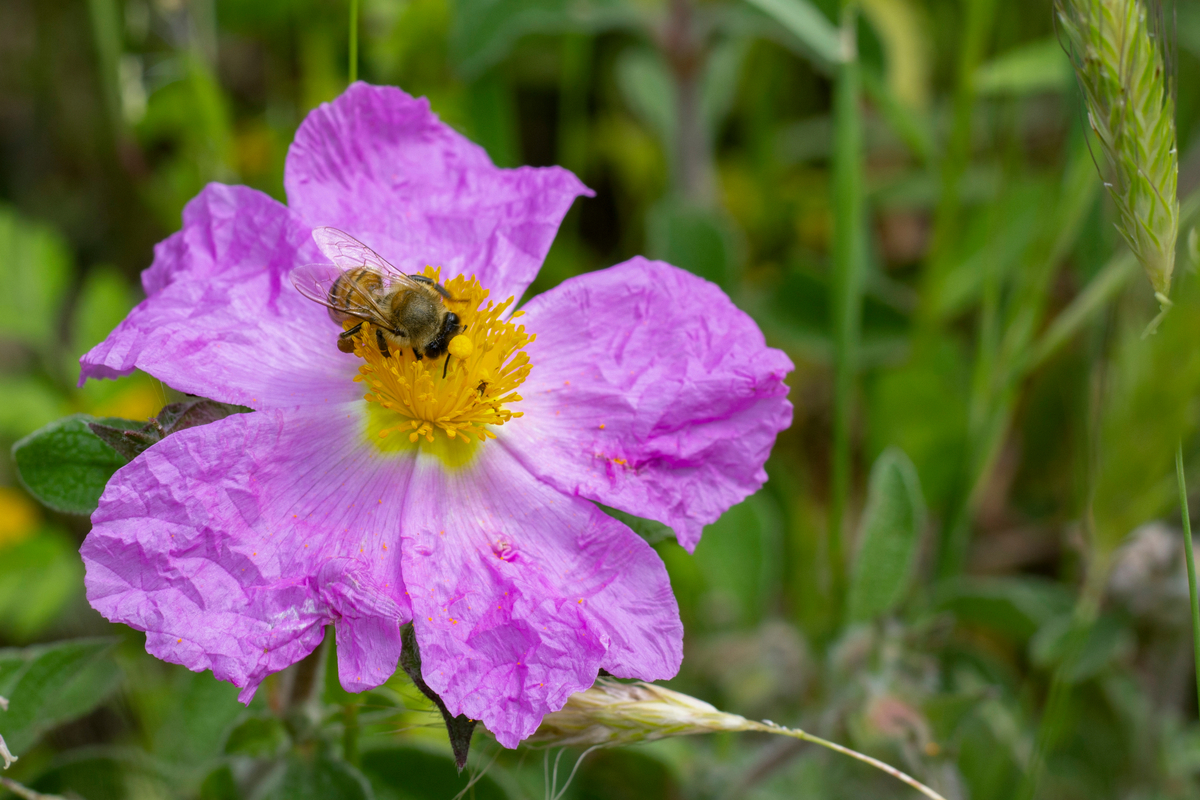
The Cistus creticus ssp. Incanus (Pink Rock Rose) has bright pink flowers with cheerful orange centers, with several blooming cycles throughout the summer.
To care for this pretty species, make sure you give it access to ample sunlight, and you can even put it in a coastal environment.
15. Convolvulus Cneorum (Shrubby Bindweed)
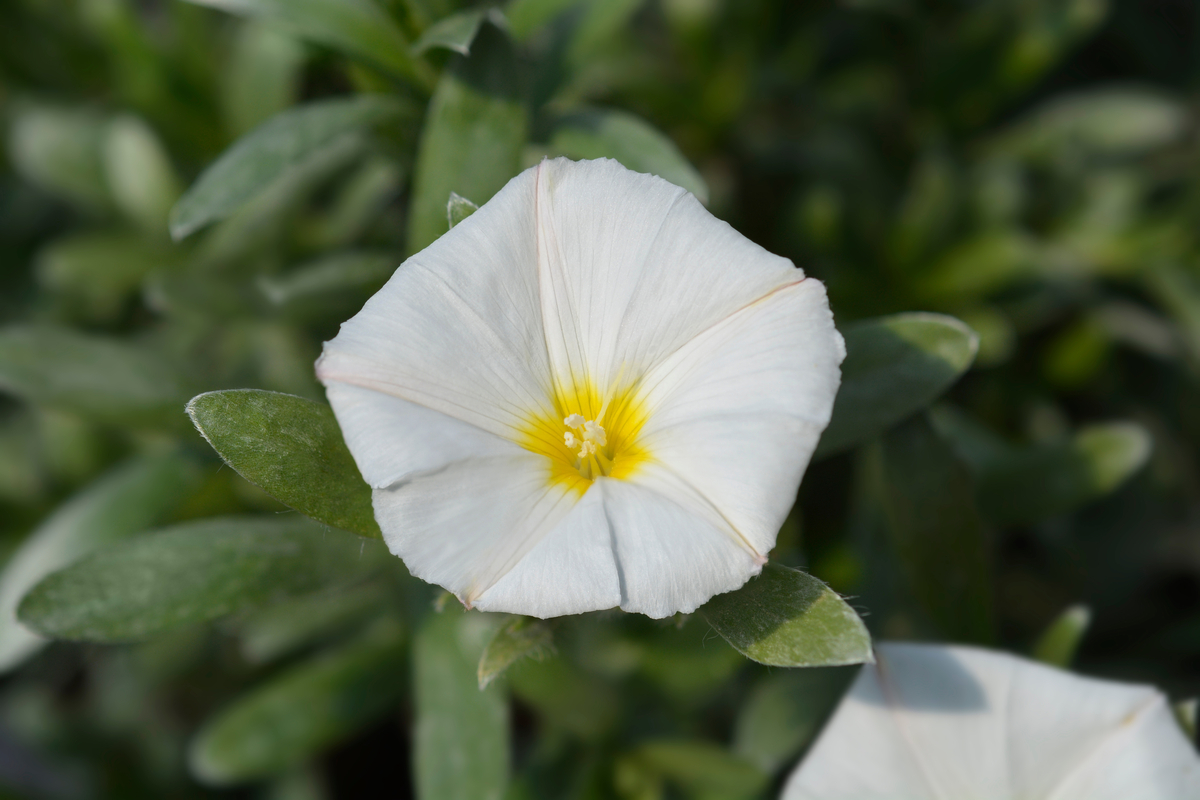
The Convolvulus cneorum (Shrubby Bindweed) is another shrub with showy trumpeting flowers, which appreciate full sunlight.
The flowers on this species have pink flower beds, which open out into white and golden blossoms that look beautiful in a wedding bouquet.
16. Euphorbia Characias Subsp. Wilfenii (Mediterranean Spurge)
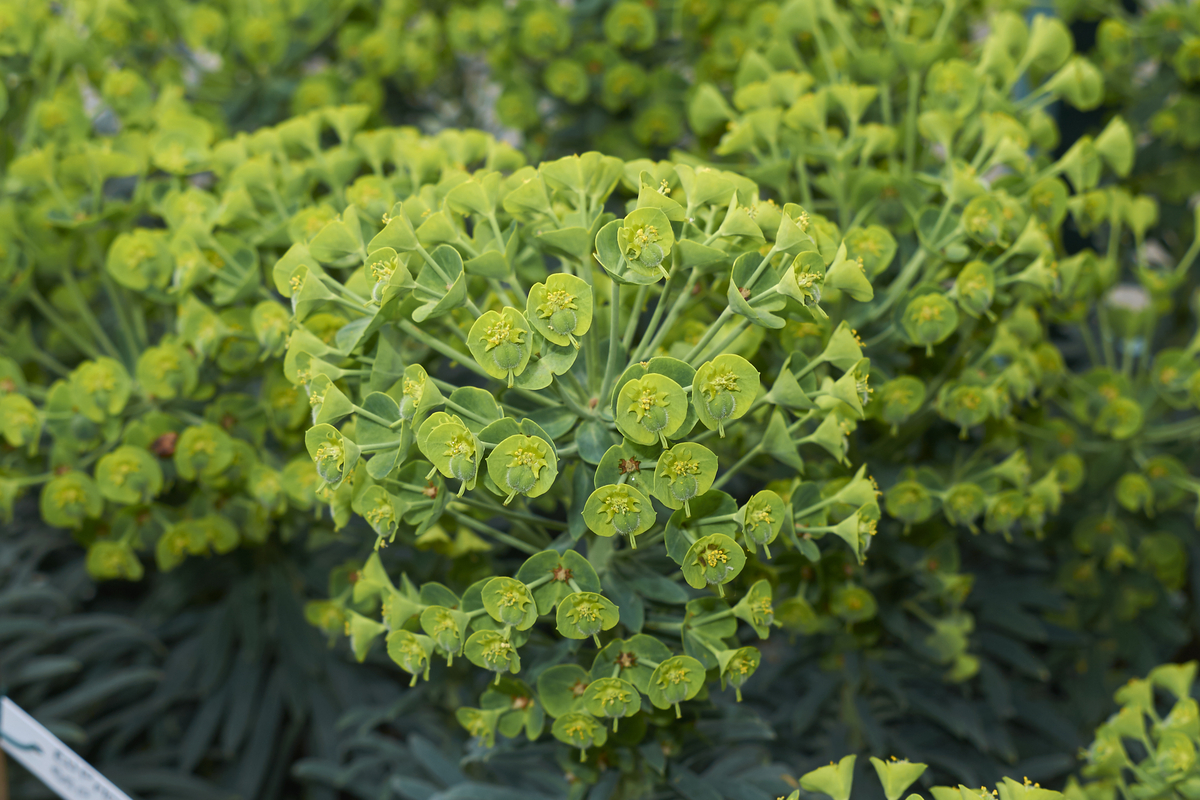
The Euphorbia characias subsp. Wilfenii (Mediterranean Spurge) has bright yellow flowers with round silhouettes and reach outwards from a solid stem.
This species is an extremely hardy plant that can withstand diseases and annoying animals, including deer and tiny rodents.
17. Euphorbia Myrsinites (Myrtle Spurge)
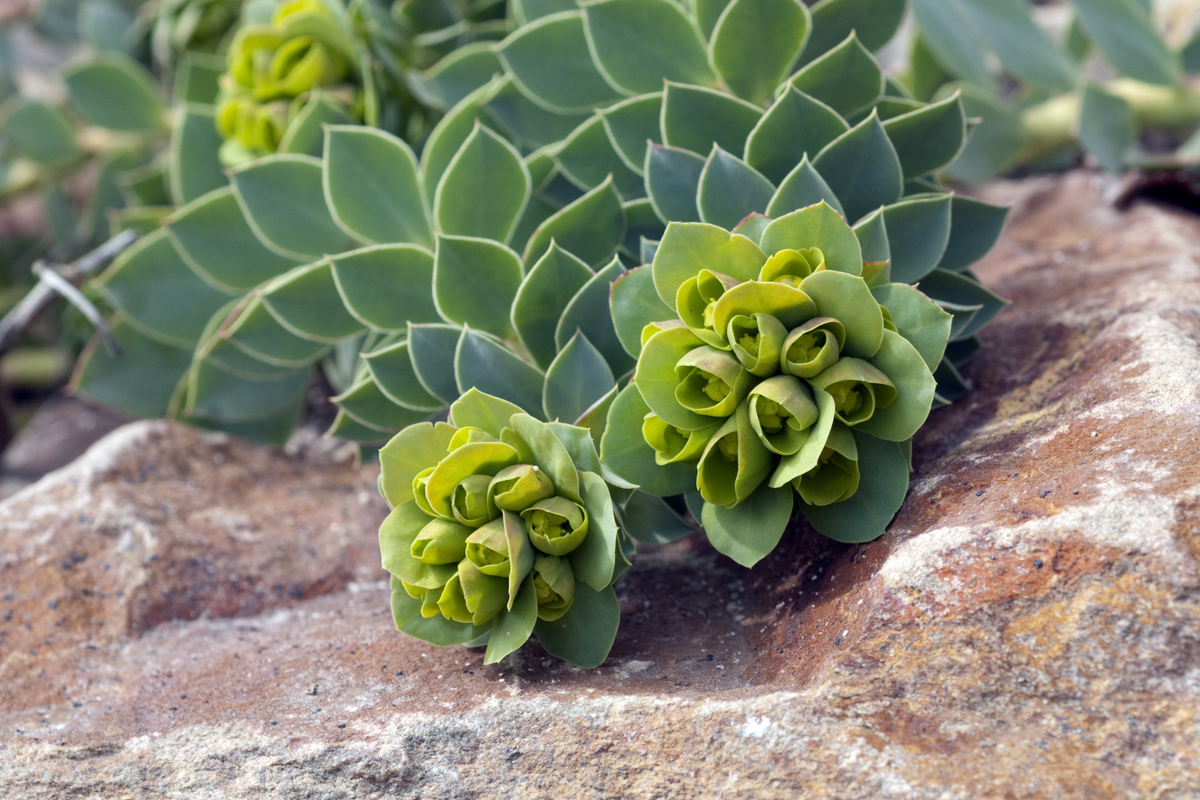
The Euphorbia myrsinites (Myrtle Spurge) have muted green long foliage formations that reach upwards in a spiraling shape.
This succulent stays green all year round, and in the Spring, it creates yellow blossoms that add light brightness to the landscape they’re replanted in.
18. Genista Hispanica (Spanish Broom)
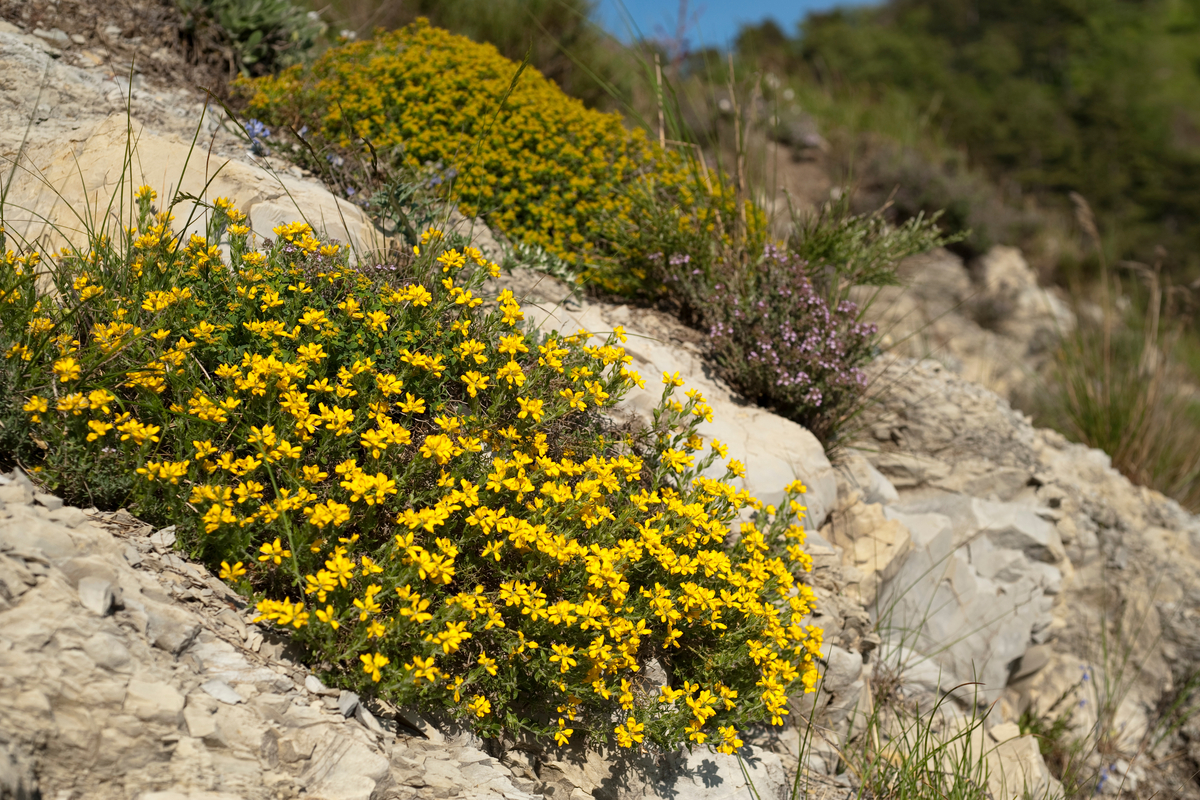
Known for being super resilient to many different climates, weather conditions, and gardening skill sets, the Genista hispanica (Spanish Broom) produces long golden blossoms.
The prickly shrub doesn’t mind being neglected and can often be found in drought conditions looking healthy.
19. Santolina Chamaecyparissus (Lavender Cotton)
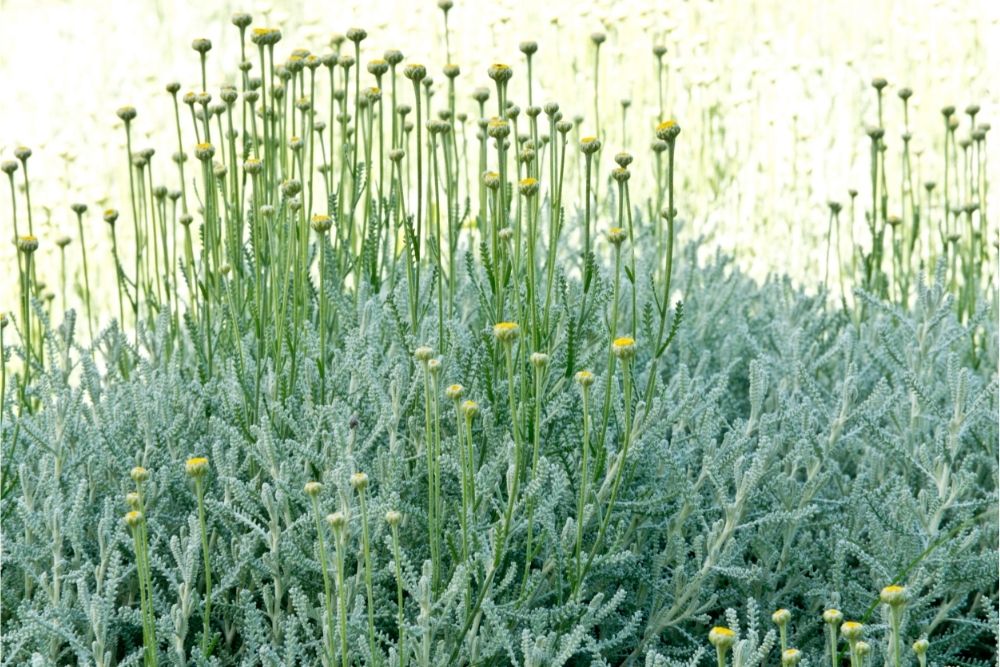
The Santolina chamaecyparissus (Lavender Cotton) is an evergreen with year-round fluffy white foliage, which sits atop light and delicate green stems.
This species can be seen in many Spanish gardens as it has super dense leaves, which means it’s ideal for creating privacy from neighbors.
20. Spartium Juneceum (Spanish Broom)
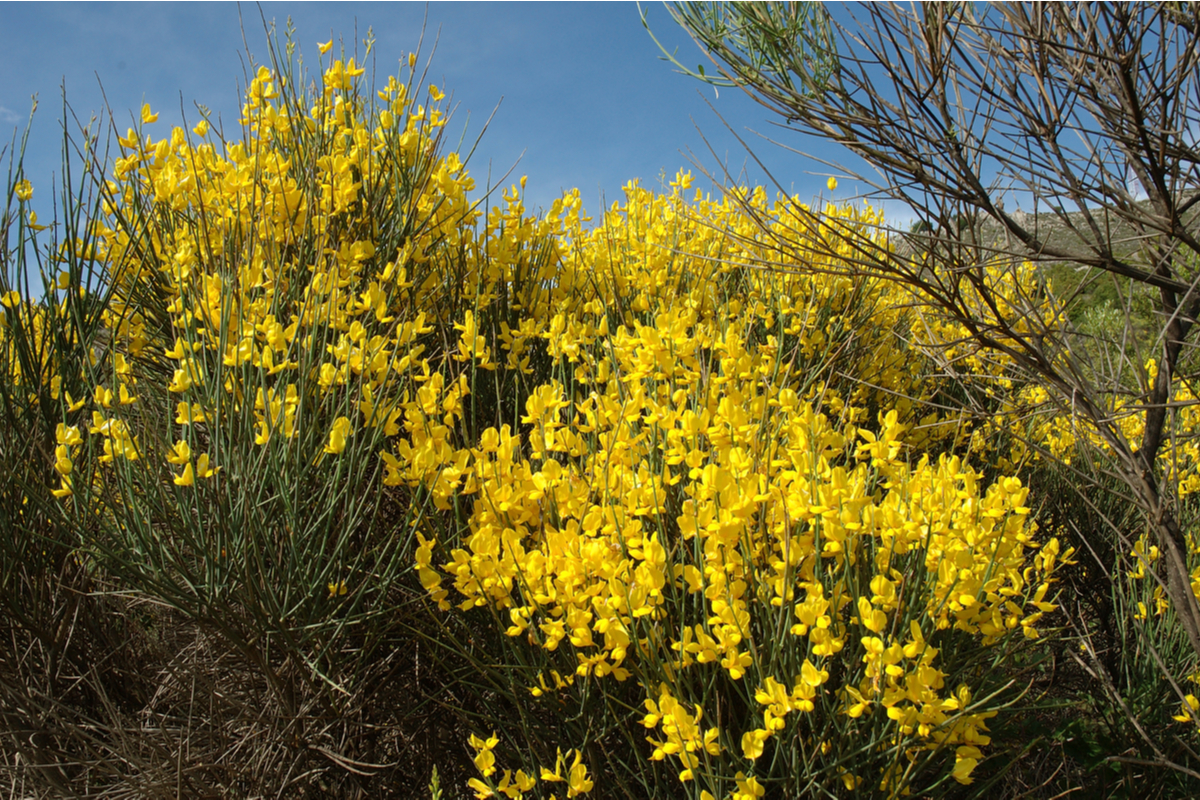
This is a prevalent species because its golden yellow tiny flowers produce a vanilla and honey fragrance, which fill the nearby air in the height of summer.
In addition, the thick bush is hardy and tolerates not being looked after; they love being in well-draining conditions.
21. Yucca Gloriosa ‘Variegata’ (Spanish Dagger)

The Yucca gloriosa ‘Variegata’ (Spanish Dagger) has white and dark green stripy leaves, which have pointed ends and fan out from a central point.
This plant is a popular choice for gardeners in warm climates that want a neat, structured plant because it’s super eye-catching.
22. Spanish Lavender
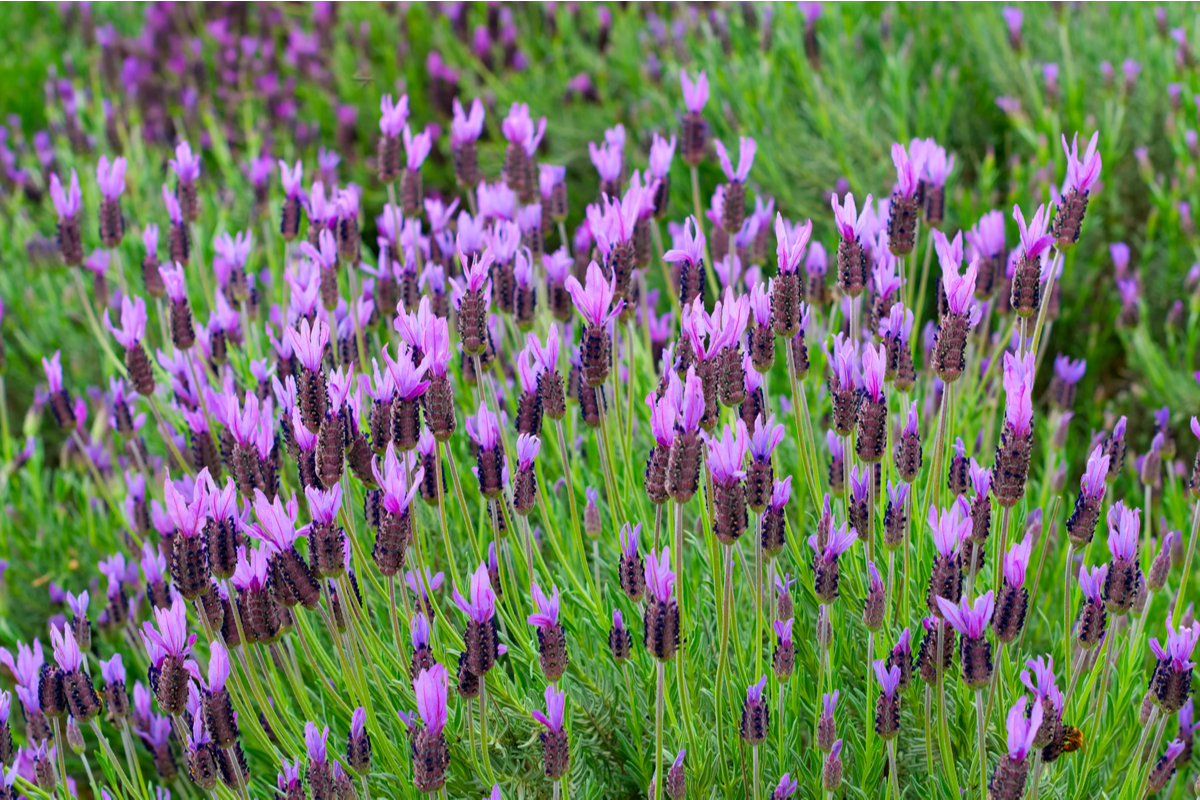
Spanish Lavender is super popular with pollinators, including bumblebees, butterflies, and other insects, which is excellent for encouraging the local wildlife to visit.
In addition, the delightfully smelling lavender can be used by crafters to make essential oils, perfumes, and in reed diffusers.
23. Yucca Filamentosa (Adam’s Needle)
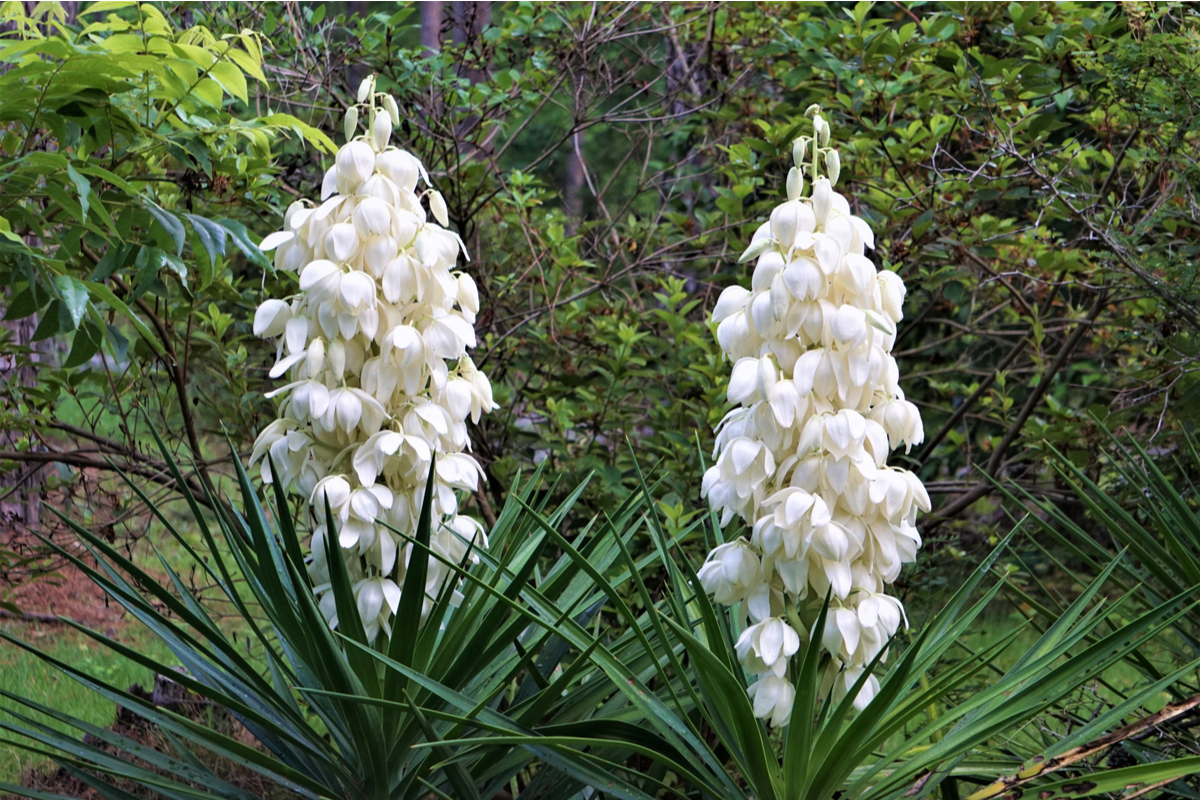
The Yucca filamentosa (Adam’s Needle) has characteristic spiky light green foliage. If you want an ornamental element to your garden, we advise you consider getting yourself this species as it’s sure to bring graphic definition to a natural space.
24. Viburnum Tinus (Laurustinus)
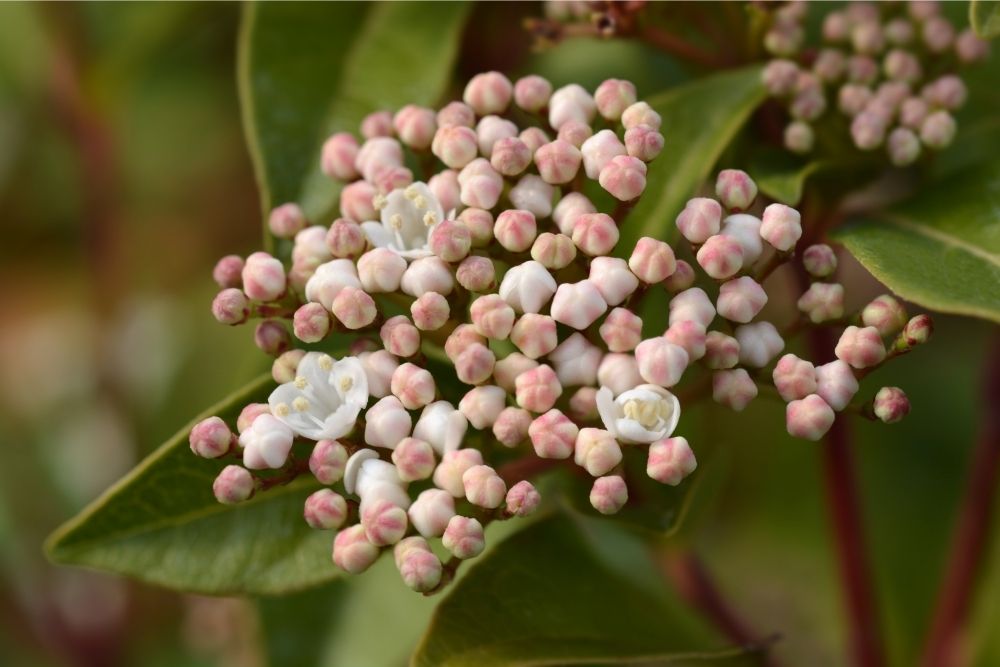
The Viburnum Tinus (Laurustinus) has light pink flowers that burst free from embracing dark-colored buds, which means it’s a super showy plant. The foliage is quite tough and comes in long pointy forms, which delicately surround the blossoms.
25. Salvia Officinalis ‘Purpurascens’ (Purple Sage)
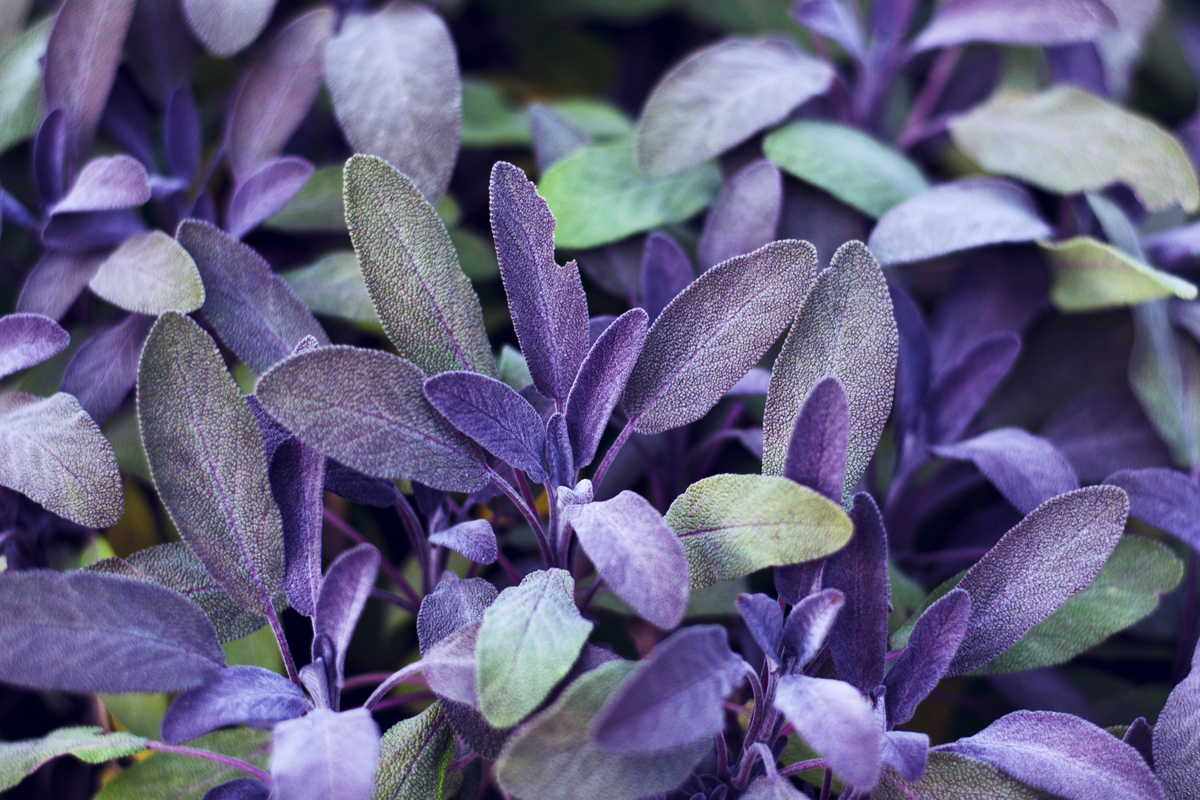
The Salvia officinalis ‘Purpurascens’ (Purple Sage) is a herb popular with many chefs; it creates an exquisite flavor and has muted green leaves. And, this plant has purple tones too, which add subtle warmth to wherever they’re placed.
Conclusion
If you want to get a slice of Spanish natural beauty for your own outdoor or indoor space, you can! We’ve talked about 24 different species that range in sizes, shapes, and nurturing requirements.
Our personal favorite is lavender because it’s a plant that produces a gorgeously smelling scent and is beloved by helpful pollinating creatures. Suppose you’re stuck on what to choose.
In that case, we highly recommend getting this species because it is sure to enrich the surrounding environment. After all, without bees, we wouldn’t have nearly so many gorgeous blossoms!
If we pique your interest and want to learn more about beautiful plants, we have content aplenty! To learn more, explore our blog.
Editor’s Recommendations
Grab Some Brownie Points: 16 Different Types Of Brown Colored Veggies







